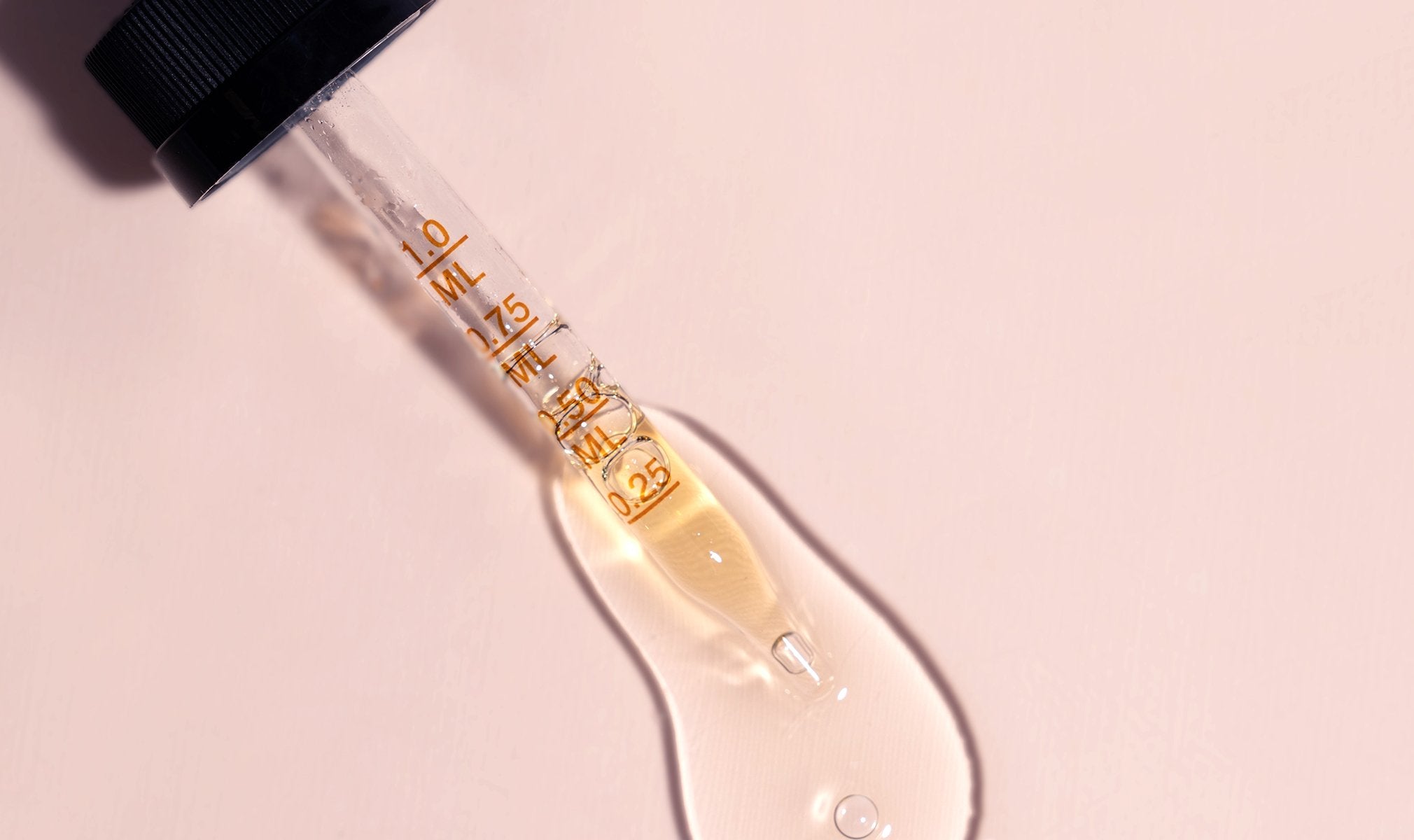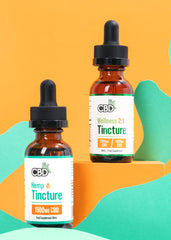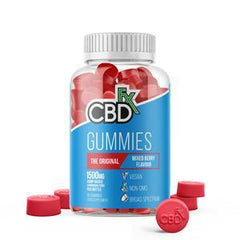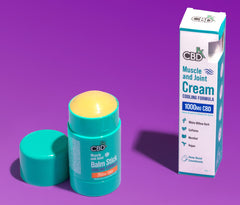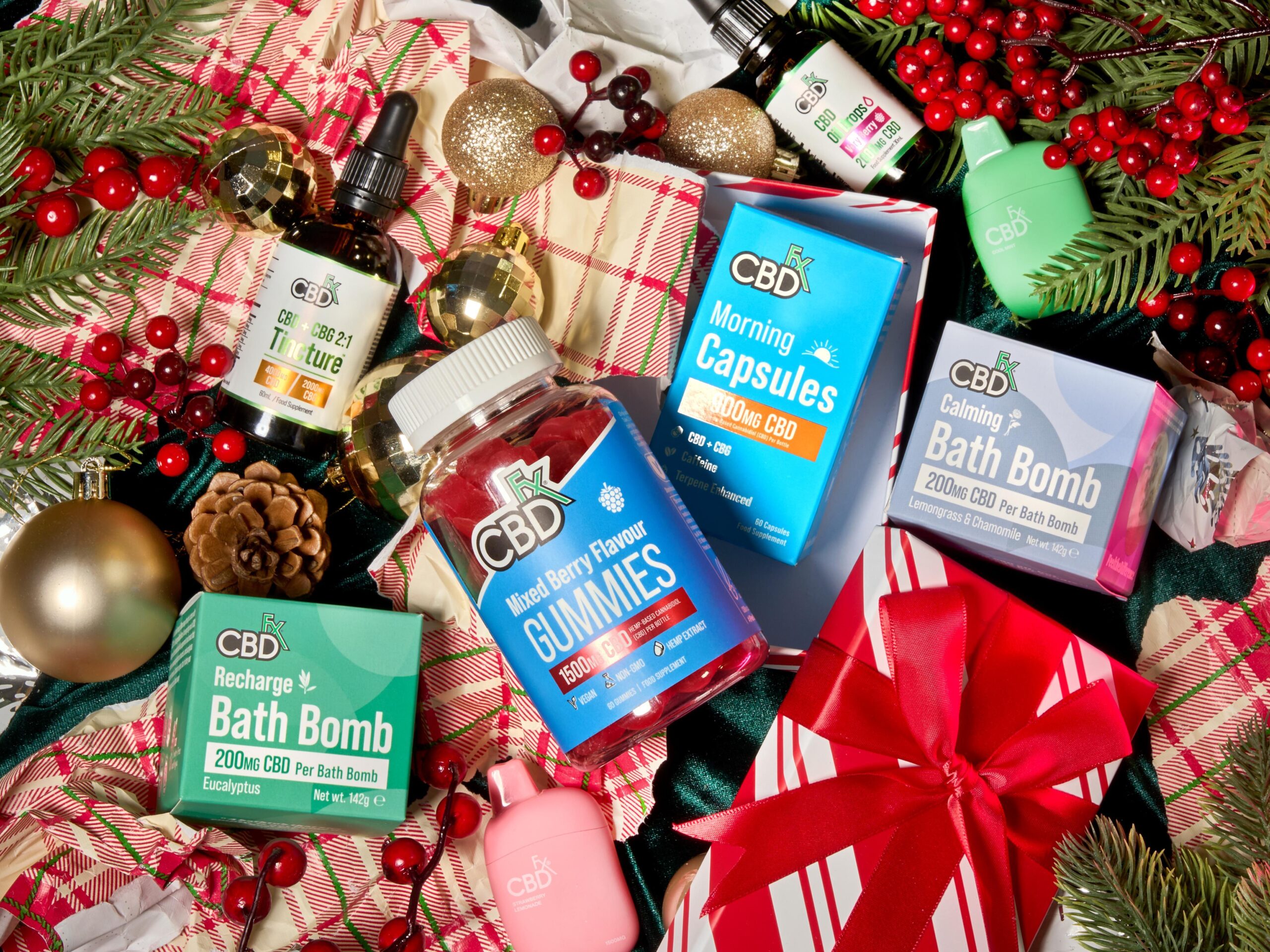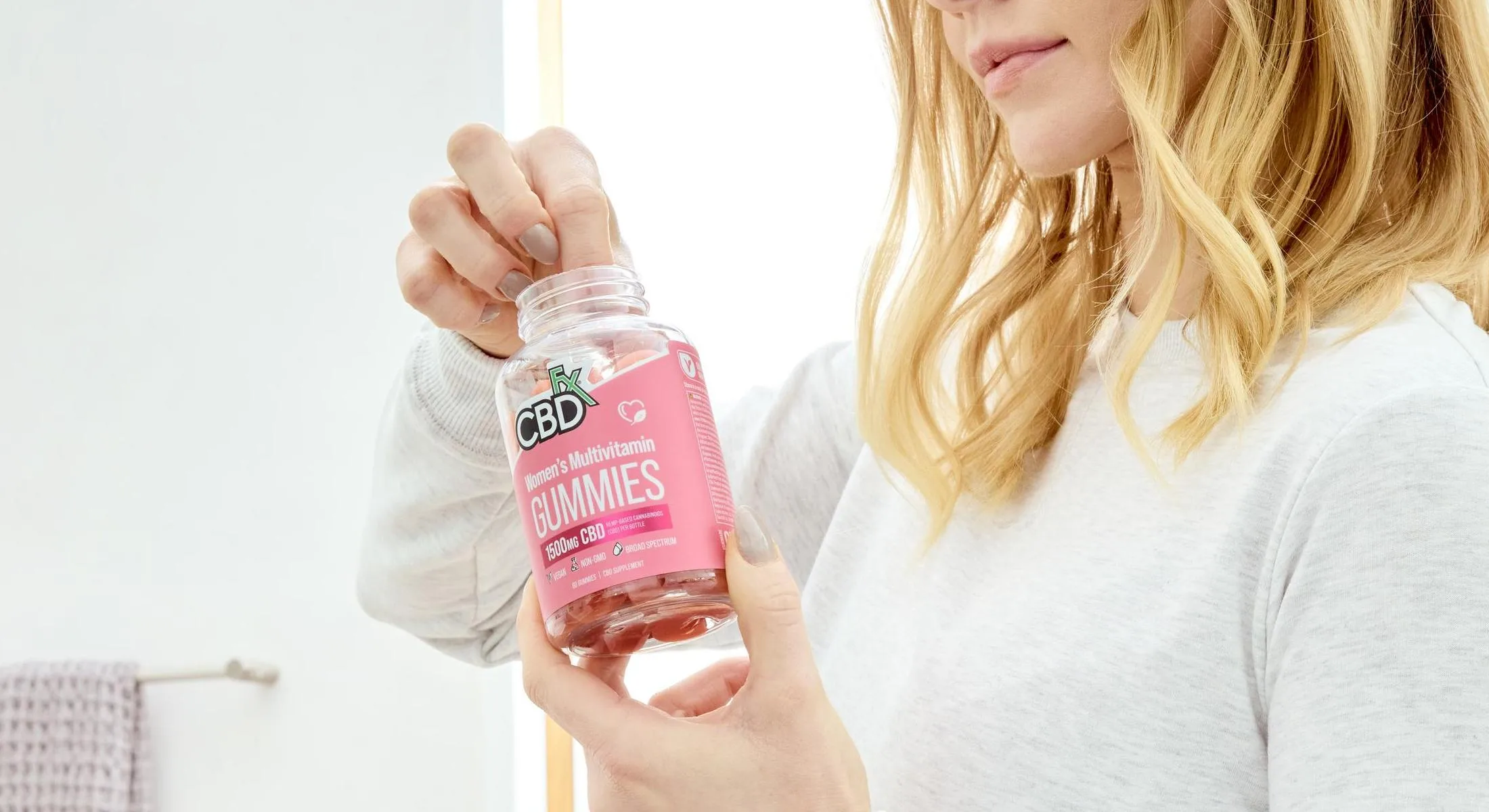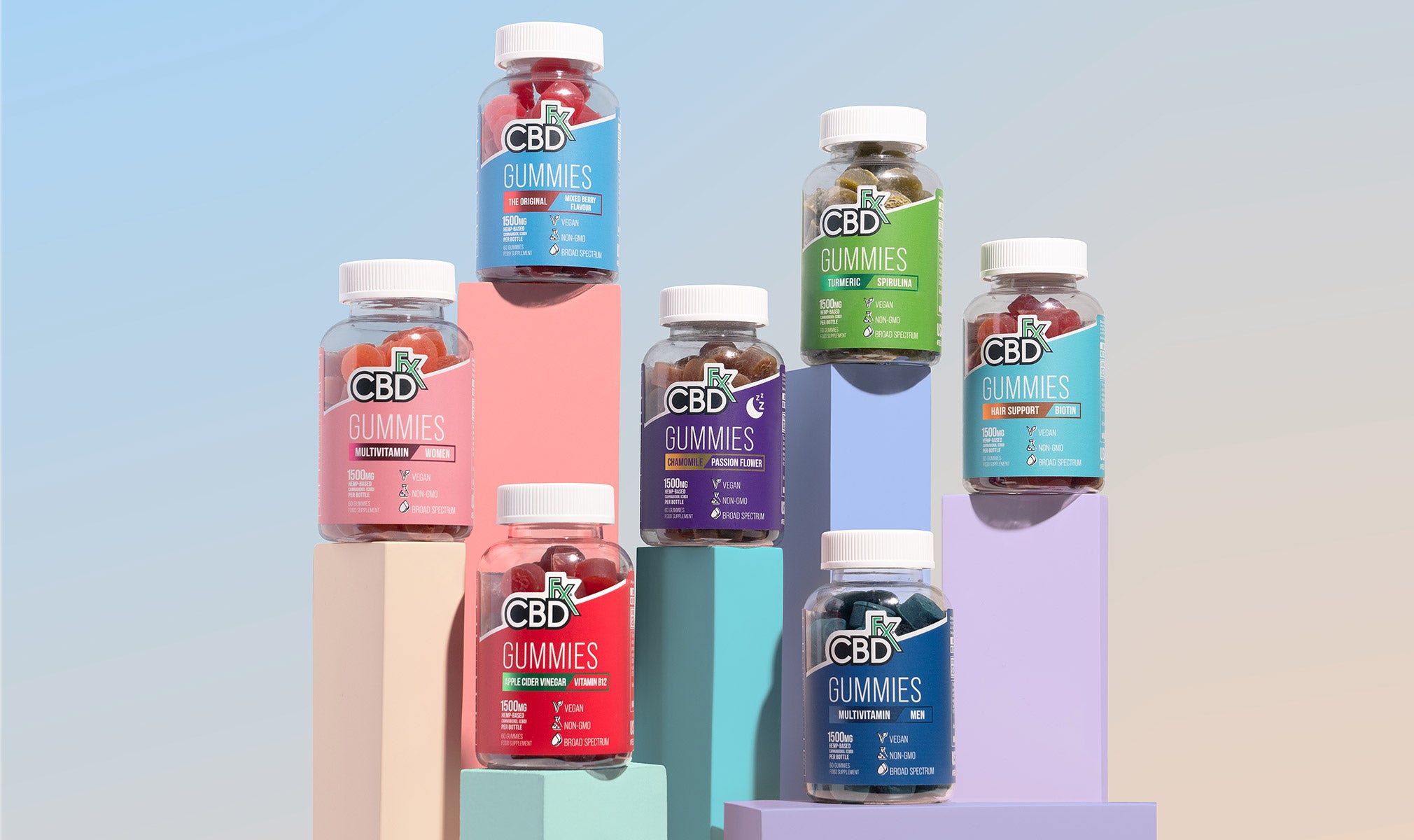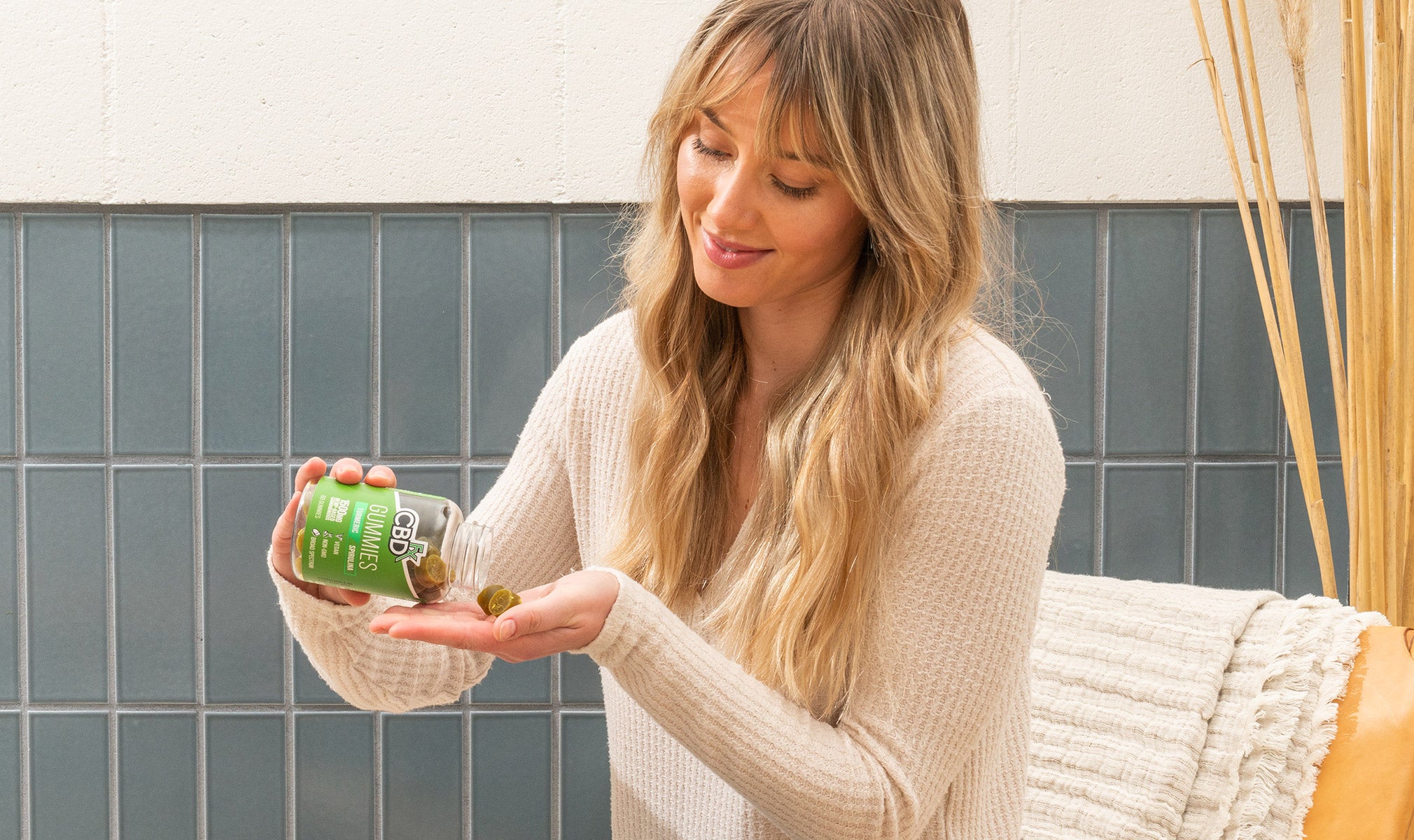One of the most common questions we get from customers is, “How long does it take to feel my CBD?” The answer is complicated, and it has to do with something called bioavailability. Bioavailability refers to the rate at which CBD is absorbed into your bloodstream, and the amount of CBD that is absorbed. But just what the bioavailability of CBD is for you, personally, depends on a variety of factors.
In this article, we’ll discuss all the factors that go into determining CBD bioavailability and, hopefully, give you a better understanding of how CBD affects you.
What Is Bioavailability?
As we mentioned above, when we talk about bioavailability, we’re referring to the rate and amount of CBD entering your bloodstream. This is important to understand when you’re taking CBD, because it allows you to better anticipate when you might feel the effects of your CBD and determine your own ideal serving size.
Factors That Affect CBD Bioavailability

CBD, or cannabidiol, definitely isn’t a one-size-fits-all compound. Several different factors affect the absorption of CBD into the bloodstream, including all the things that make your body unique, as well as the amount of CBD you’re taking, the quality of the CBD, and the method of delivery. Let’s break down each of the factors that affect bioavailability.
CBD and Bioavailability: Understanding Your Body
You’re special! Every single one of you. Every single one of us! We all have different bodies, different physiologies. We all have a different combination of weight, height, body mass, and metabolism. Because we have such unique bodies, we all have a different tolerance to different chemicals or substances. And we can absorb chemical compounds, like the cannabinoid CBD, differently.
If you’re of drinking age, think about how differently a shot of tequila affects you versus the various people in your circle of friends. Or two shots, or three. Think about how many times you’ve heard someone say something to the effect of, “Ibuprofen doesn’t help me with headaches, but aspirin or acetaminophen does.”
In this same way, CBD can affect each of us differently, including bioavailability. That means, different people might need a different amount of CBD to feel the same effects. And it can mean the effects of CBD might kick in at a different rate. Understanding your own body is the first step to understanding the bioavailability of CBD for you.
CBD and Bioavailability: Quantity of CBD
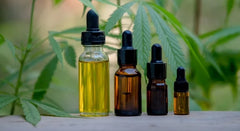
Dialing in the perfect amount of CBD for your body can take a bit of patience, but it can be done. We all want to find our own, personal “Goldilocks” dosage — the one that’s just right for us. To do this, first make sure you understand the CBD product you’re taking. Is it a CBD sleep product, such as CBD Gummies for Sleep? That should be fairly easy to determine, because you’re just paying attention to whether or not you have a good night’s sleep.
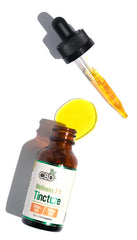
Other products that focus more on wellness, such as a CBD Oil Wellness Tincture or CBD Multivitamin Gummies, can be a little more difficult to “feel.” But that doesn’t mean they aren’t working. It just means they are CBD products whose benefits are more difficult to perceive in the moment. Calming and sleep products are certainly among the easiest CBD products to put your finger on the effects, but energy and focus products are good, too. Whatever you choose, understand what your CBD product was formulated to do, so you know how to gauge its effects.
How Much CBD Should I Take the First Time?
Once you determine which CBD product you’re going to take, read the label to determine the strength of the product (usually marked by the milligrams of CBD) and the suggested serving size. Now, for your first dose, cut that serving size in half and see if that works. If it does, congratulations! Because of various bioavailability factors, your CBD product is going to last you twice as long. If it doesn’t work, when you try your CBD product again the next day, edge the amount up to, say, three-fourths of the suggested serving size and see if that works. Keep edging it up until you find the serving size that works for your body.
Remember, when you try a different CBD product, you may have to go through all of this again, because CBD products can vary in terms of potency, method of delivery, type of CBD (broad spectrum CBD or CBD isolate), and other factors.
Also, take note that we suggested bumping up your serving size the next day — not an hour later after you didn’t feel any effects from the first dose. If you don’t wait for your first CBD dose to clear your system before taking more, you won’t know if you’re feeling the first dose kicking in later than expected or the extra serving. And you may, unintentionally, build up your tolerance by taking more CBD than you need.
CBD and Bioavailability: Purity of Your CBD Product

Two different CBD products, that tell you they have the same amount of CBD on the label, can actually have very different potency. When hemp-derived products became legal, there was a stampede of new brands that flooded the market with cheap, poor-quality CBD. This is why it’s so important to find a CBD brand whose products you can trust.
Every respectable CBD brand is transparent about what’s in their products, and offers consumers a third-party lab report on each of their products. These reports will tell you exactly how much CBD is in your product, as well as other cannabinoids, terpenes and other ingredients. The report will also tell you whether things that are not supposed to be in your CBD product — harmful pesticides, heavy metals, solvent residues, and so forth — are in there, as well. You want your CBD product to be as pure as possible, for safety and effectiveness.
The purity of your CBD greatly affects the bioavailability of your product. If there’s less CBD and more filler in your product, you’re naturally going to absorb less CBD into your system. So, it’s always good to look for a CBD brand that uses pure hemp with all-natural ingredients, as well as using an adequate CO2 extraction process to remove the CBD oil from the hemp plant, leaving no residual solvent chemicals behind.
CBD and Bioavailability: Method of CBD Delivery
The way you take your CBD has a huge impact on its bioavailability. CBD can be consumed in a number of ways, including sublingual, edible, vape, and topical consumption. The first three methods entail CBD being absorbed into your bloodstream. Topical CBD, on the other hand, is absorbed through the skin. But each of these four methods has its own nuances, which are important to understand if you want to know the bioavailability of your CBD product.
Sublingual CBD Products and Bioavailability
Sublingual, literally, means “under the tongue.” This refers to CBD tincture oils that are held under the tongue for 60 seconds or so, allowing the CBD to be absorbed through capillaries. The benefit of taking CBD sublingually is that it allows the CBD to enter your bloodstream quickly, meaning you feel the effects of the CBD faster than, say, with CBD edibles. This can happen as quickly as 15 minutes, depending on some of the other bioavailability factors mentioned above.
Sublingual CBD can also be absorbed at a much higher rate than CBD edibles. This is because CBD edibles, such as CBD gummies or CBD cookies, have to pass through the digestive system and, in the process, lose some of their strength. CBD taken sublingually can have a bioavailability range of 15–35%. A good carrier oil, like natural coconut-derived MCT oil, helps the body to bump that number into the higher part of that range.
Absorbing CBD at a higher rate allows you to lower your dosage and still get the same effectiveness as other products. As methods of delivery go, sublingual CBD is a solid, effective choice.
Edible CBD Products and Bioavailability
Edible CBD products are, you guessed it, products that are eaten. CBD drinks qualify, as well. This group of CBD products passes through the digestive system before being absorbed into the bloodstream.
CBD edibles have the lowest bioavailability rate among delivery methods (5–15%). This is because the CBD loses some of its strength as it passes through the digestive system. But there are also benefits to consuming CBD as an edible. One of those benefits is that the CBD you do absorb stays in your system for a longer period of time, allowing you to experience its benefits longer. While it might take your CBD edible 20 minutes to two hours to kick in, you could potentially enjoy its effects all day or all night long.
CBD Vape Products and Bioavailability
In terms of bioavailability, vaping CBD is perhaps the most efficient method of consumption. Absorption of the CBD through the lungs, into the bloodstream, can take just a few minutes. And with CBD vapes, you can absorb up to 50% of the active ingredients.
It’s worth pointing out, on the topic of vaping, that our CBD vape products contain no nicotine or THC, and only use pure, all-natural broad spectrum CBD.
Topical CBD Products and Bioavailability
As we mentioned, CBD topicals are a bit different, because they’re not absorbed into the bloodstream at all. Instead, they’re generally rubbed into an affected area of the skin, offering localised benefits for skin, muscles, joints, and deep tissues.
The bioavailability rate of CBD topicals is quite high, compared to some other delivery methods, potentially reaching 45%.
The Last Word on CBD and Bioavailability
There’s a reason so many people have made CBD a part of their wellness routine. Due to its interaction with the body’s endocannabinoid system, CBD has a wealth of benefits that we’re only scratching the surface of understanding. If you’re new to CBD, it’s important to understand how it’s absorbed into your body so that you can better understand what you’re feeling and gauge how well the CBD is working. This means understanding bioavailability.
We hope that this article has helped you gain a better understanding of CBD and bioavailability, and we wish you all the best on your CBD wellness journey.
Looking to explore sublingual CBD? Explore our selection of all-natural CBD tincture oils!
